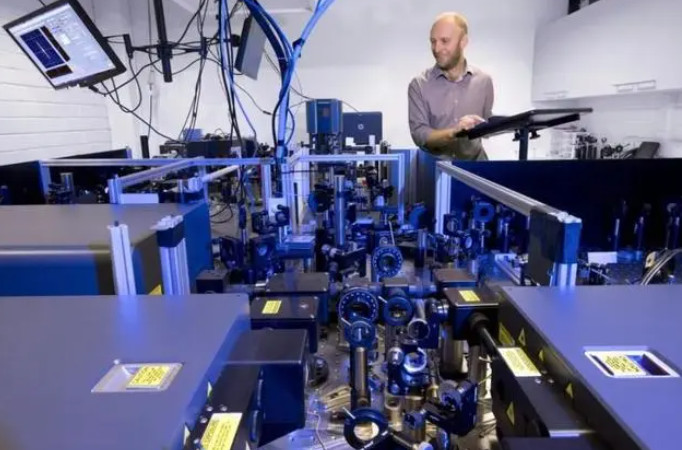
In the vast sky of energy technology, high-temperature superconductivity (HTS) technology is undoubtedly a brilliant new star. It not only challenges the limits of traditional conductive materials, but also heralds the arrival of a new era of energy transmission and utilization. Recently, a research team led by the University of Buffalo in the United States published a remarkable achievement in the journal Nature Communications - they have successfully developed the world's highest performing high-temperature superconducting wire segment. This achievement not only marks a new height for high-temperature superconducting technology, but also paves the way for innovation in the energy field.
High temperature superconductivity technology refers to the characteristic of materials exhibiting resistance free transmission of current at relatively high temperatures (compared to the liquid helium temperature required for traditional low-temperature superconductivity). This characteristic means that energy loss will be significantly reduced during power transmission, thereby significantly improving energy utilization efficiency. However, although the concept of high-temperature superconductivity was proposed decades ago, its commercial application has been slow due to the complexity and high cost of material preparation.
The achievement of the research team at the University of Buffalo is a significant breakthrough in this bottleneck. They have successfully synthesized a high-performance high-temperature superconducting material through meticulous material design and advanced preparation processes, with conductivity far exceeding existing similar materials, laying a solid foundation for large-scale commercial applications.
The potential impact of high-temperature superconducting technology is profound, as it has the potential to completely transform existing energy infrastructure. Firstly, in terms of power transmission, high-temperature superconducting cables can significantly reduce energy loss during the transmission process, especially in long-distance and high-power transmission scenarios, where their economic and social benefits will be particularly significant. It is estimated that if high-temperature superconducting technology is adopted in power transmission systems worldwide, the amount of electricity saved each year would be astronomical, enough to meet the electricity needs of millions of households.
In addition, high-temperature superconducting technology may also provide strong support for the popularization of renewable energy and the construction of smart grids. Due to the intermittency and instability of renewable energy, how to efficiently and stably connect it to the power grid has always been a focus of attention in the industry. High temperature superconducting technology, with its excellent power transmission capability, can provide strong technical support for the large-scale grid connection of renewable energy, thereby promoting the transformation and upgrading of the global energy structure.
What is even more remarkable is that high-temperature superconducting technology may also open up new paths for the realization of commercial nuclear fusion. Nuclear fusion, as an almost pollution-free clean energy source, is known as the "ultimate energy". However, to achieve the commercial application of nuclear fusion, a series of complex technical challenges must be solved, one of which is how to efficiently control and manage the enormous energy generated by fusion reactions. Due to their unique physical properties, high-temperature superconducting materials are expected to become the key to solving this problem. By constructing energy transmission and storage systems based on high-temperature superconducting technology, we can more efficiently capture and utilize the energy generated by nuclear fusion reactions, thereby promoting the early realization of commercial nuclear fusion.
However, this technology still faces challenges such as high material costs and complex preparation processes. In addition, how to ensure the stability and durability of high-temperature superconducting materials in extreme environments is also an urgent problem to be solved. However, with the continuous advancement of technology and the increasing global demand for clean energy, we have reason to believe that high-temperature superconducting technology will usher in even broader development prospects in the near future.
Looking ahead, high-temperature superconducting technology is expected to play an important role in multiple fields such as power, transportation, and communication. It will become one of the important forces driving global energy transition and sustainable development. The achievement of the research team at the University of Buffalo undoubtedly injects new momentum and confidence into the realization of this goal. In the near future, high-temperature superconducting technology will no longer be an unattainable future technology, but a real force that will change our lives.

Recently, according to Al Jazeera, Israel has recently carried out a new round of air strikes on the Gaza Strip, killing about 100 Palestinians, including women and children.
Recently, according to Al Jazeera, Israel has recently carr…
On November 3rd local time, the Foreign Minister of Peru, U…
Recently, TSMC, the leading wafer foundry, stated that it w…
Amazon recently filed a complaint with the Oregon regulator…
In October 2025, the US credit market witnessed a surge of …
When the London gold spot price fell from a high of $4038.9…